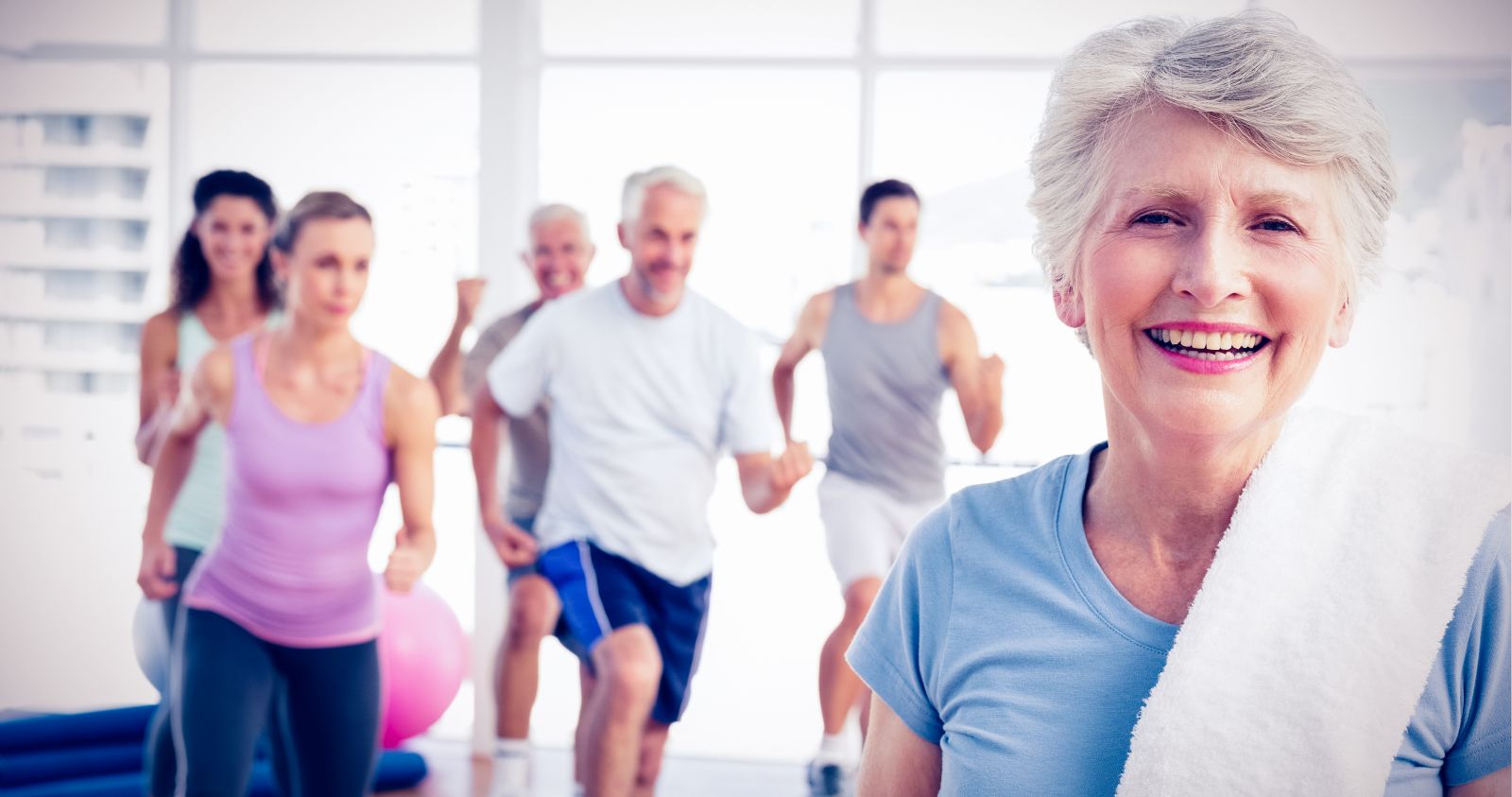29 Aug 2023

By Dr Ross Walker & Dr Stephanie Mathieson
It is estimated that around 20% of Australians suffer some form of chronic pain. Arthritis is one of the commonest forms of chronic pain in Australia, affecting 1 in 6 Australians, equating to over 3.9 million people1. Osteoarthritis is a common form of arthritis, commonly affecting the hips, knees and fingers with degenerative changes. Osteoarthritis can develop at any age but is more common in those over 40 years old or who have joint injuries.
Currently, there is no cure for osteoarthritis, but the outlook is positive. Osteoarthritis guidelines recommend healthy eating, staying active and maintaining a healthy weight; thus, a weight loss program may be needed if you are overweight2,3.
Exercise is strongly recommended for people as it keeps the joints and muscles healthy and flexible with the added benefit of preventing other health problems. A recent trial4 has shown that high-intensity strength training (a set exercise regimen with strength exercises at 75-90% of the person’s strength capacity) was no better than low-intensity strength training (the same regime but using only 30-40% of the person’s maximum strength). Both groups did their 60-minute strength training sessions, 3 times a week, for 18 months at the research centre. So, it is about doing consistent exercise and not necessarily about going overboard on the weight training.
Physical activity has also been shown, through a high-quality trial, to reduce pain and disability more than a corticosteroid injection into a joint5. Although corticosteroid injections may be appropriate guideline recommendations for some patients2,3, over the long-term (i.e. one year), you are better off undertaking physical activity (e.g. stationary cycling, some strength training (i.e. weights)) to manage osteoarthritis.
Granted those with osteoarthritis may have flare-ups in their pain. Some people may find other therapies beneficial, such as heat, manual therapy or analgesic medicines like non-steroidal anti-inflammatory drugs (NSAIDs). Both oral and topical (e.g. gels) NSAIDs are guideline recommendations for the management of knee osteoarthritis2,3, but it is not safe for some people to take NSAIDs, so speak to your doctor or pharmacist. I recommend (Dr Walker) celecoxib 200mg to my patients on the one or two days a week they are performing more intense exercise or longer walks (e.g. on golf days) as this has been shown to be the safest of the NSAIDs but still not without side effects for some people. Treatments that are strongly not recommended for knee osteoarthritis are opioid analgesics and stem cell therapy2.
References
2. The Royal Australian College of General Practitioners. Guideline for the management of knee and hip osteoarthritis. 2nd edition. East Melbourne, Victoria. 2018.
3. Kolasinski SL, et al. 2019 American College of Rheumatology/Arthritis Foundation guideline for the management of osteoarthritis of the hand, hip, and knee. Arthritis & Rheumatology 2020;72(2):220-33.
4. Messier SP, et al. Effect of high-intensity strength training on knee pain and knee joint compressive forces among adults with knee osteoarthritis: The START randomized clinical trial. JAMA 2021;325(7):646–657.
5. Deyle GD, et al. Physical Therapy versus Glucocorticoid Injection for Osteoarthritis of the Knee. New England Journal of Medicine 2020;382(15):1420-1429.
Dr Stephanie Mathieson is a Research Fellow at the Institute for Musculoskeletal Health, University of Sydney.
As for all things relating to your health speak with your GP or a relevant medical professional. For all your financial health contact PSK on (02) 8365 8300 or visit psk.com.au
General Advice Warning - Any advice included in this article has been prepared without taking into account your objectives, financial situation or needs. Before acting on the advice, you should consider whether it’s appropriate to you, in light of your objectives, financial situation or needs.
